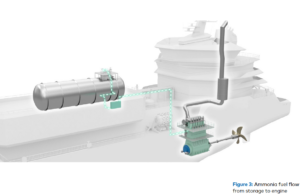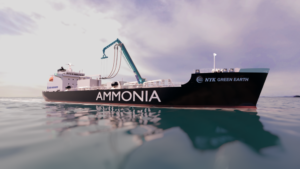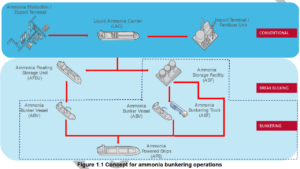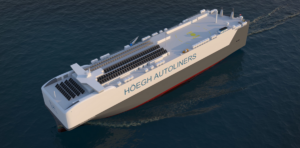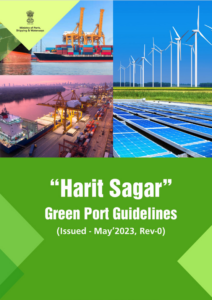Successful finance pathways for the NoGAPS vessel
New analysis from the Global Maritime Forum has found that the cost gap between ammonia fuel and conventional fuel could be closed as early as 2026 for their new NoGAPS vessel. A series of levers need to be pulled to fully finance NoGAPS and similar vessels (such as long-term charters), but the authors report favorable deals should be readily available. The authors also map out three commercial pathways for NoGAPS to operate, the easiest being exclusive bunkering on the US Gulf Coast.
